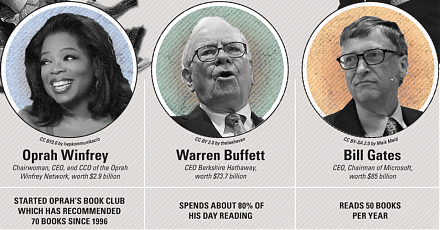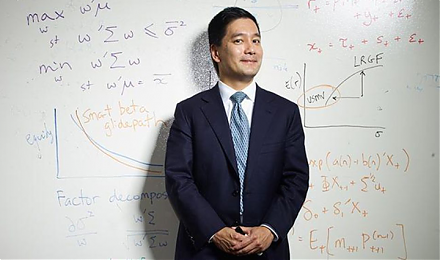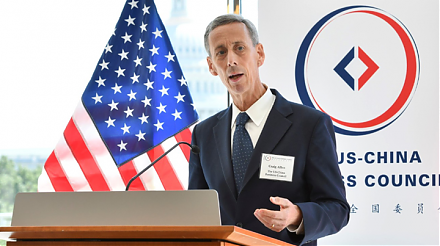

2019-03-25 17:30:00 Mon ET
stock market gold oil stock return s&p 500 asset market stabilization asset price fluctuations stocks bonds currencies commodities funds term spreads credit spreads fair value spreads asset investments
America seeks to advance the global energy dominance agenda by toppling Saudi Arabia as the top oil exporter by 2024. The International Energy Agency (IEA) now forecasts that U.S. crude oil exports will double to 9 million barrels per day by 2024. This U.S. crude oil production surpasses Russian shipments and may eventually overtake Saudi exports. The same IEA report shows that global oil demand can grow by 1.2 million barrels per day year-in-year-out through 2024. In recent times, U.S. State Secretary Mike Pompeo meets with top oil executives to help the Trump administration boost oil exports to Asia with draconian economic sanctions on Iran in the form of crude oil embargoes. The outreach represents a significant new effort to attain American energy dominance that helps enhance the economic prospects of U.S. oil and natural gas. This effort wins success and support from China, Japan, and South Korea with more purchases of U.S. oil and gas units.
In contrast to greater U.S. crude oil production, Saudi Arabia seeks to drain global supply glut to support higher oil prices by cutting oil exports to 7 million barrels per day while the Saudi oil output remains well below 10 million barrels per day.
If any of our AYA Analytica financial health memos (FHM), blog posts, ebooks, newsletters, and notifications etc, or any other form of online content curation, involves potential copyright concerns, please feel free to contact us at service@ayafintech.network so that we can remove relevant content in response to any such request within a reasonable time frame.
2018-12-01 11:37:00 Saturday ET

As the solo author of the books Millionaire Next Door and Richer Than Millionaire, William Danko shares 3 top secrets for *better wealth creation*. True pro
2025-10-05 17:31:00 Sunday ET

Stock Synopsis: With a new Python program, we use, adapt, apply, and leverage each of the mainstream Gemini Gen AI models to conduct this comprehensive fund
2019-12-04 14:35:00 Wednesday ET

Many billionaires choose to live below their means with frugal habits and lifestyles. Those people who consistently commit to saving more, spending less, an
2020-02-02 10:31:00 Sunday ET

Our proprietary alpha investment model outperforms the major stock market benchmarks such as S&P 500, MSCI, Dow Jones, and Nasdaq. We implement
2019-07-29 11:33:00 Monday ET

Blackrock asset research director Andrew Ang shares his economic insights into fundamental factors for global asset management. As Ang indicates in an inter
2019-07-15 16:37:00 Monday ET

President of US-China Business Council Craig Allen states that a trade deal should be within reach if Trump and Xi show courage at G20. A landmark trade agr